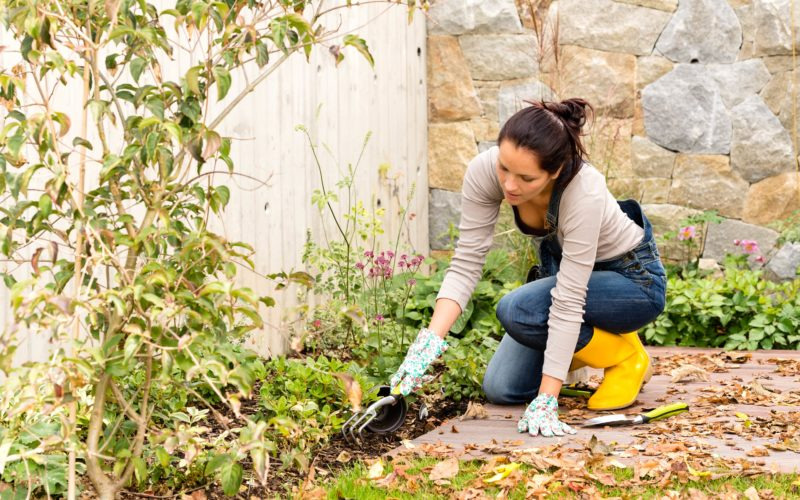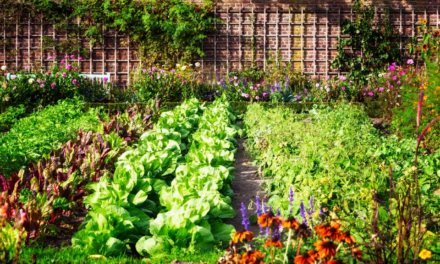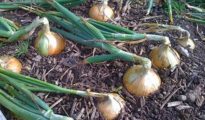As we feel the autumn breeze turning cooler, it's the perfect time to start thinking about getting our gardens ready for winter. This is crucial for ensuring that come spring, our gardens will wake up as lush and vibrant as ever. Let's walk through some simple yet effective steps to prepare your garden for the colder months.

Winter Garden Care Essentials
Understanding what your garden needs during winter is the first step. Whether you have a veggie patch, a flower bed, or a mix of both, each plant has its unique needs.
Assessing and Preparing Plant Life: Stroll through your garden and take note of which plants are annuals and which are perennials. While it's time to bid farewell to the annuals, your perennials will need some care to survive the winter. This involves pruning dead or diseased branches and foliage, which helps prevent any disease and pest problems in the future. Also, think about your soil – it's the foundation of a healthy garden. Removing weeds, adding compost or manure, and covering with a good layer of mulch not only enriches your soil but also protects it from the harsh winter.
Mulching and Protecting Plant Beds: Mulching is like wrapping your garden in a warm blanket. A layer of organic mulch, like shredded leaves or straw, over your plant beds can do wonders. It keeps the soil temperature even and protects the roots. This step is particularly vital for young plants or delicate perennials that might not withstand the frost.
Caring for Trees and Shrubs: Don't forget the taller members of your garden family. Trees and shrubs need attention too. Pruning is essential – removing any dead or diseased branches will encourage healthier growth in spring. Wrapping young trees or delicate shrubs in burlap can shield them from damaging winds and heavy snowfall. And here's a pro tip: water your trees and shrubs thoroughly before the ground freezes. This ensures they are well hydrated going into the cold season.
Beyond Basic Winter Care
Winterizing your garden isn't just about the immediate tasks at hand; it's also about planning for the future.
Protecting the More Vulnerable: Some plants are more sensitive to cold than others. For these delicate darlings, consider cold frames or burlap screens to create a more temperate microclimate. If you have potted plants, bring them indoors or into a sheltered area like a garage or shed. Just make sure they still get some light and aren't too close to any heat source that could dry them out.
Tool Maintenance: While your garden takes its winter rest, it's an excellent opportunity to take care of your gardening tools. Clean them to remove dirt and rust, and sharpen any blades. Properly storing them in a dry place prevents rusting and ensures they are ready to go when spring arrives.
Dreaming and Planning for Next Year: One of the joys of winter is having the time to dream about next year's garden. Research new plants you might want to try, sketch out garden layouts, and order seeds early (especially for popular or rare varieties). This preparation makes the spring planting season more enjoyable and less stressful.
Enjoying Your Garden in Winter
Yes, your garden can still be a source of joy in the colder months! Consider adding plants that have winter interest, like ornamental grasses or evergreens, to brighten the landscape. Setting up bird feeders is another wonderful way to attract wildlife and maintain some liveliness in your garden.
Getting your garden ready for winter might seem daunting, but it's really about taking care of the basics and then planning for the future. It's a wonderful way to enjoy the outdoors before winter fully sets in and ensures that your garden will be in top shape come spring. So put on your gardening gloves, and let's get started! Happy winter gardening!



















